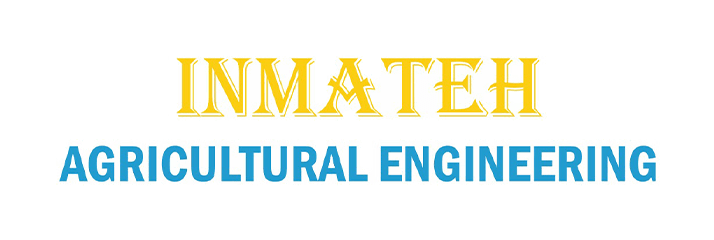TOMATO LEAVES DISEASE IDENTIFICATION MODEL BASED ON IMPROVED MOBILENETV3
基于改进MOBILENETV3的番茄叶片病害识别模型
DOI : https://doi.org/10.35633/inmateh-75-89
Authors
Abstract
Aiming to address the issues of low accuracy and slow response in tomato leaf disease recognition models, an enhanced lightweight model for tomato leaf disease recognition was proposed. The SE attention module in the MobileNetV3-Large model was substituted with a CA attention module, and dilated convolution was incorporated to improve the model's recognition accuracy and response speed. The CA attention module enhances the perception and feature extraction capabilities of spatial coordinate information in images. Dilated convolution was introduced into the deep network architecture to expand the model's receptive field. The model was trained using a transfer learning approach that partially froze specific convolutional layers. Experimental results on a dataset comprising 10 common tomato leaf disease images and healthy leaf images demonstrated that the unimproved model achieved a recognition accuracy of 90.11% and an F1 score of 89.98%. After replacing the SE attention module with the CA attention module, the model's accuracy increased to 91.15%, with the F1 score rising to 91.08%. Furthermore, introducing the dilated convolution model improved the accuracy to 94.33% and the F1 score to 94.22%, while maintaining a parameter count of 2.79×106 and a validation set operation time of 11.76 seconds. Compared to other traditional lightweight models, this model exhibits significant advantages. The DC-CA-MobileNetV3 tomato leaf disease recognition model proposed in this study can accurately and efficiently identify tomato leaf diseases, featuring a small number of parameters and ease of deployment in embedded systems.
Abstract in Chinese





